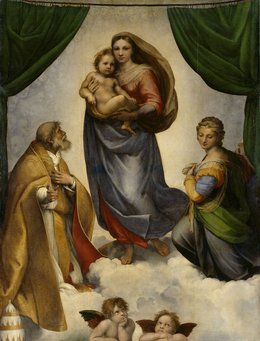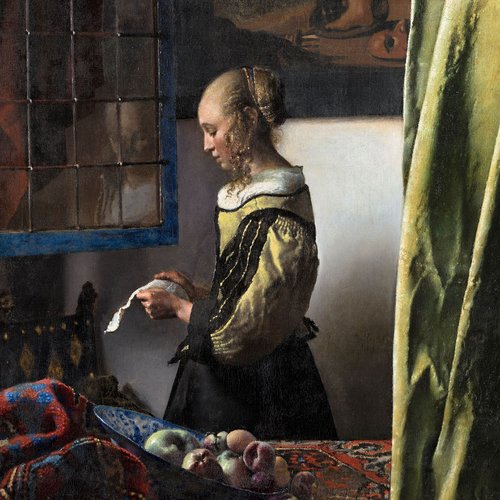Mit der kubanischen Revolution
Turning to the Global South gave the GDR the international recognition it had long hoped for and had been denied in the West, and enabled it to demonstrate state sovereignty and openness to the world. ›International friendship‹ and ›international solidarity‹ were ideological leitmotifs that shaped East Germany’s foreign policy in Asia, Africa and Latin America, motivated as it was by not only political but also economic interests. These concepts also informed foreign cultural policy and became important themes in state propaganda and in the visual arts of the GDR.


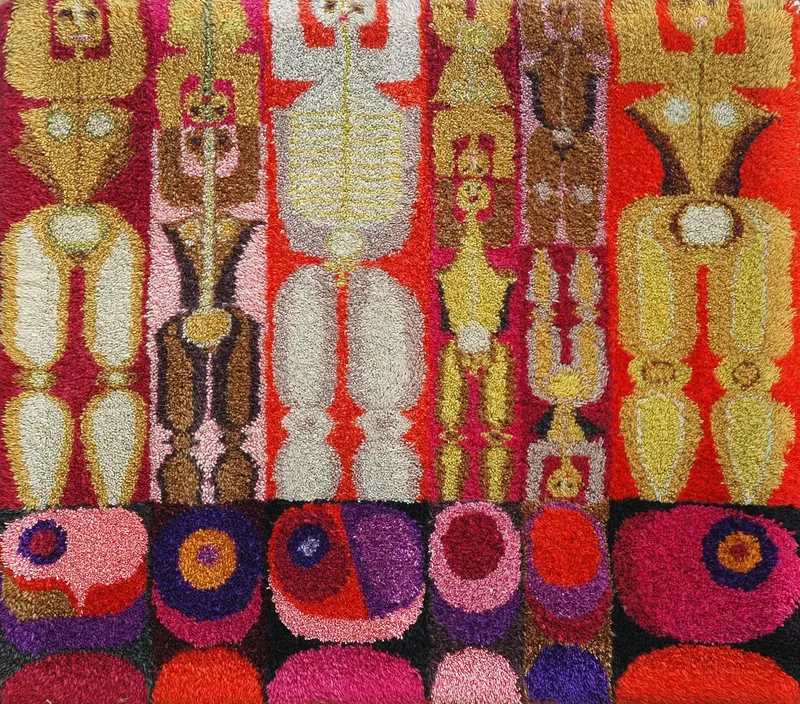
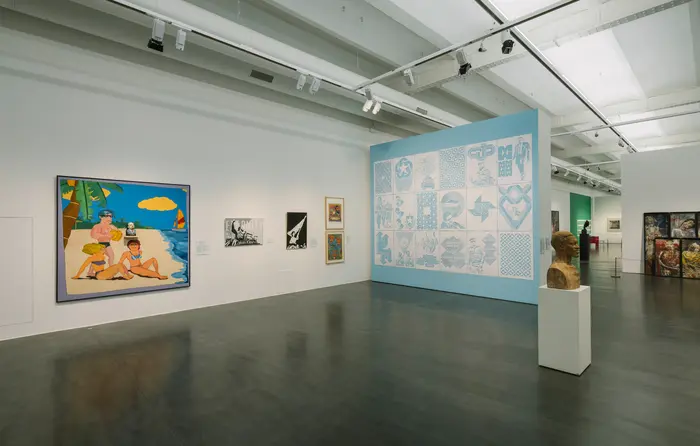
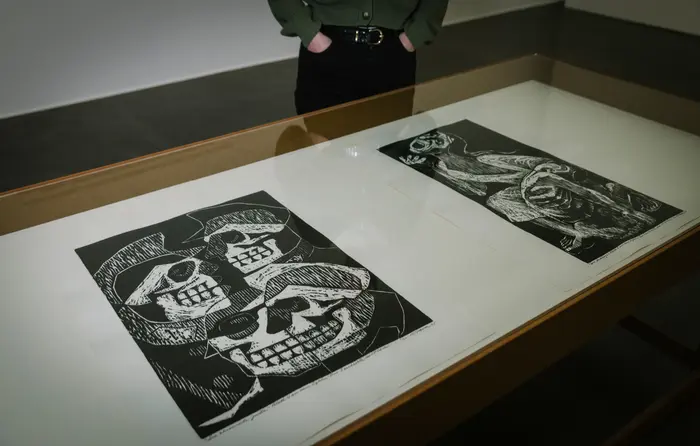
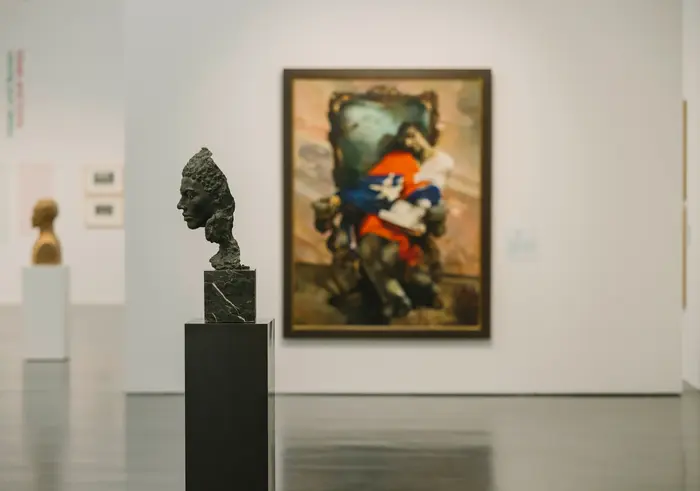

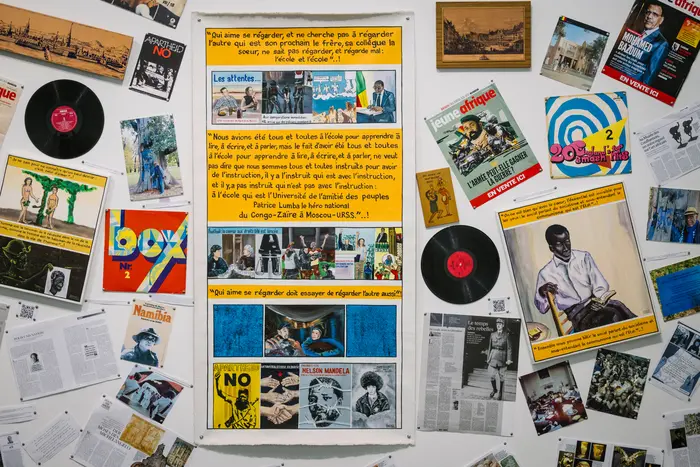

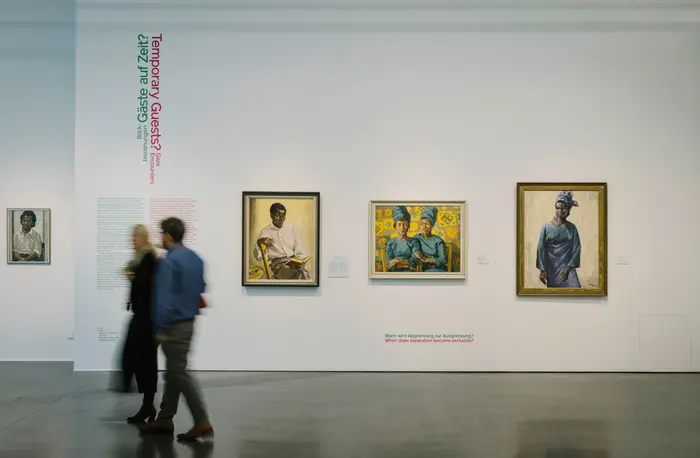




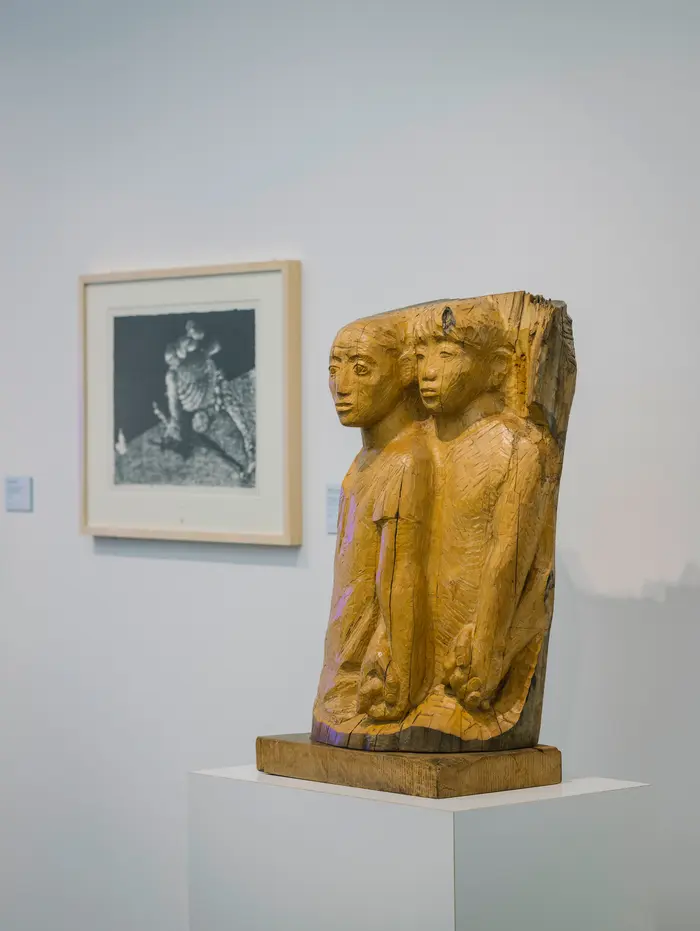

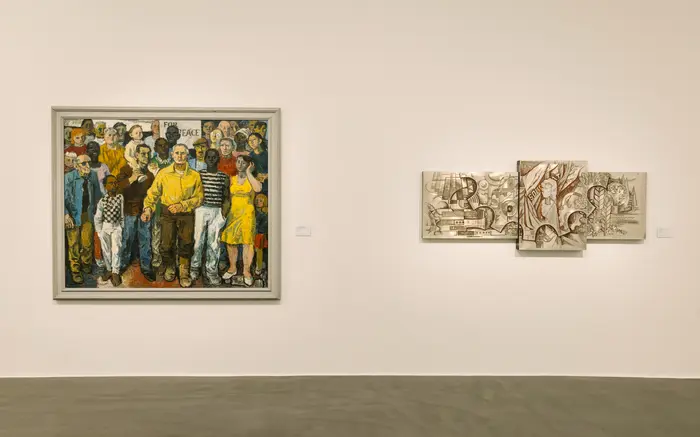
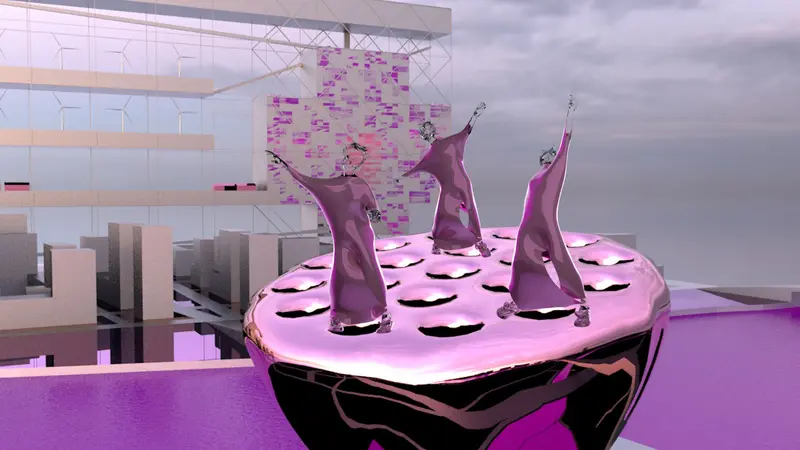


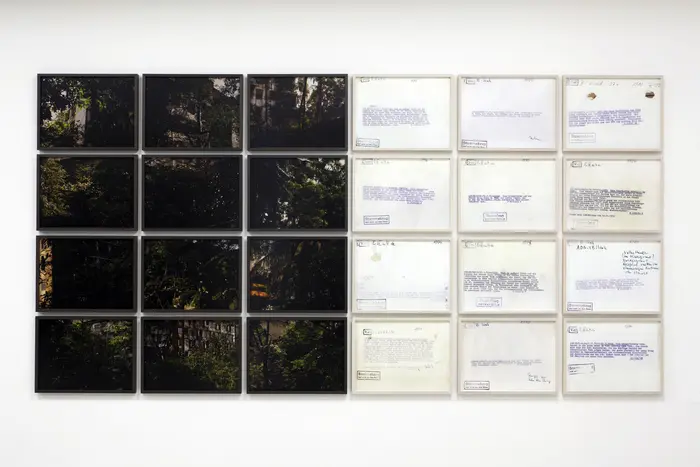


![Hamlet Lavastida, Congreso Nacional de Educación y Cultura 1971, Heberto Padilla, aus der Serie Cultura Profiláctica [Kultur der Prävention], 2020–2021 Grafik einer Mannes mit einem Schriftzug](/fileadmin/_processed_/4/1/csm_8_Lavastida__4__ac40eff425.webp)
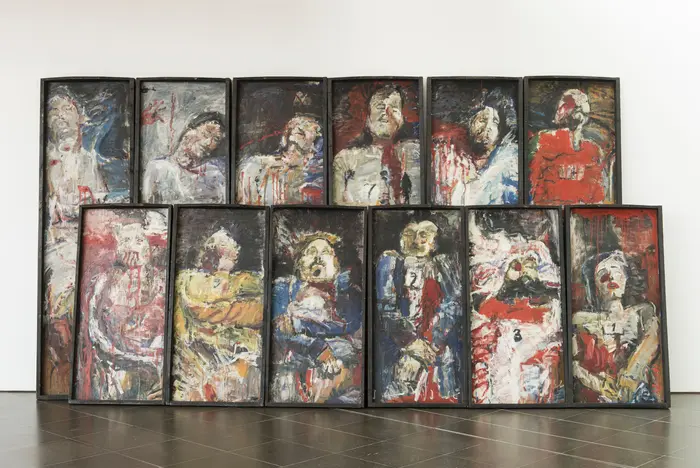
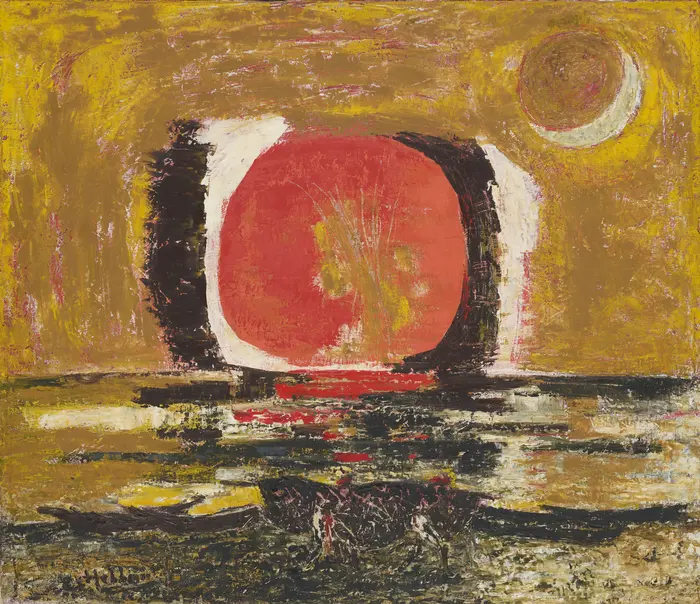
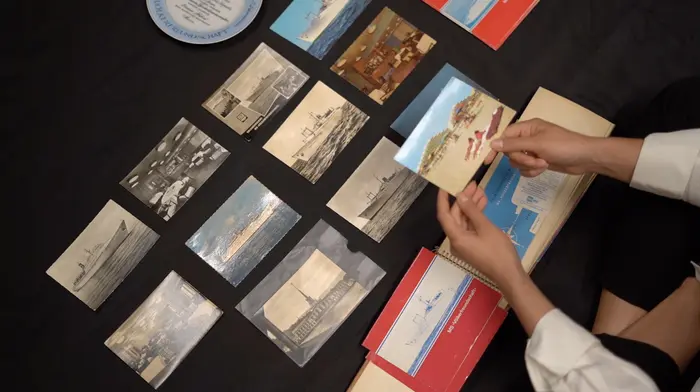


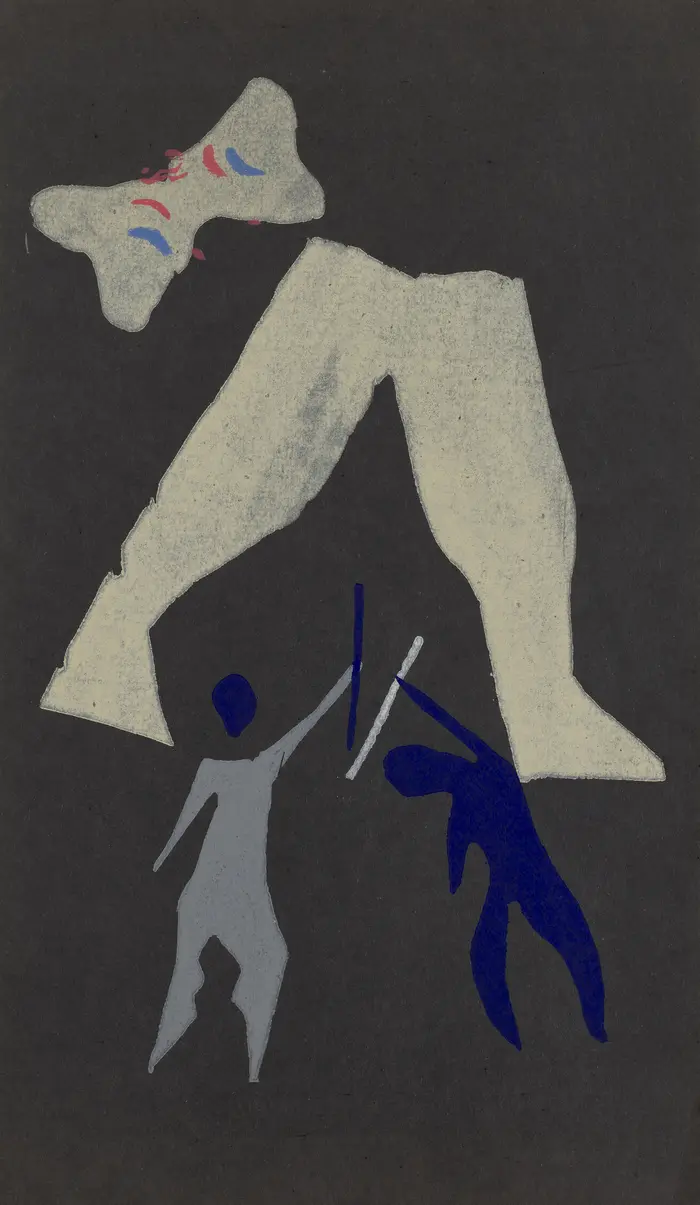
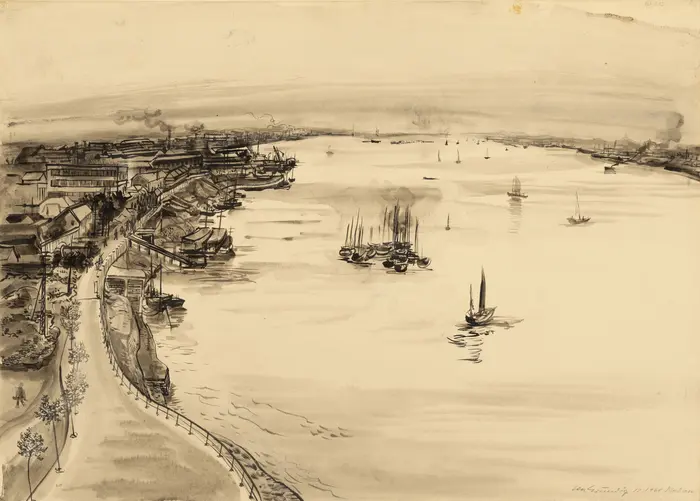
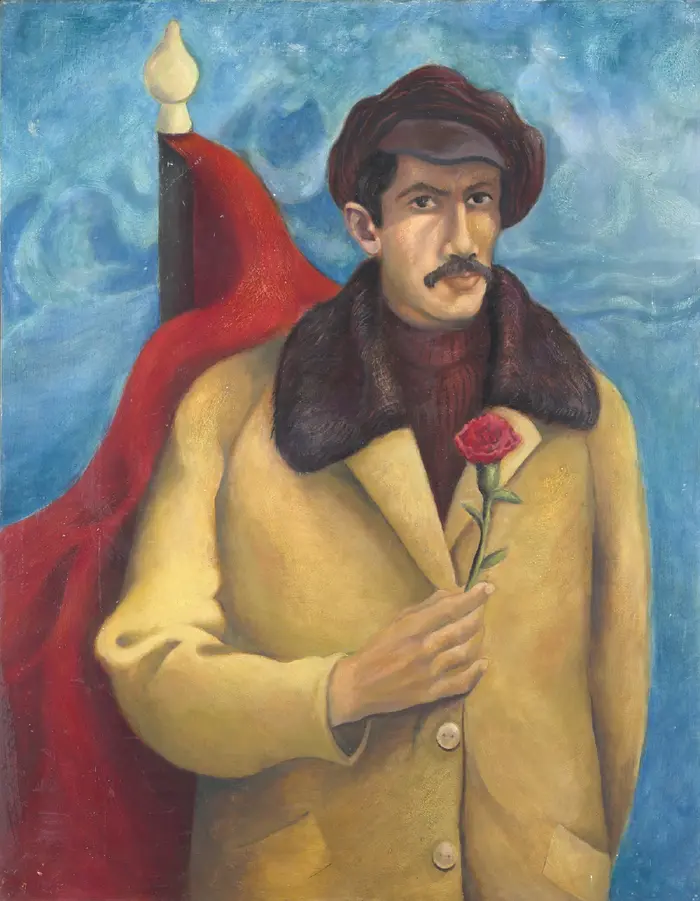
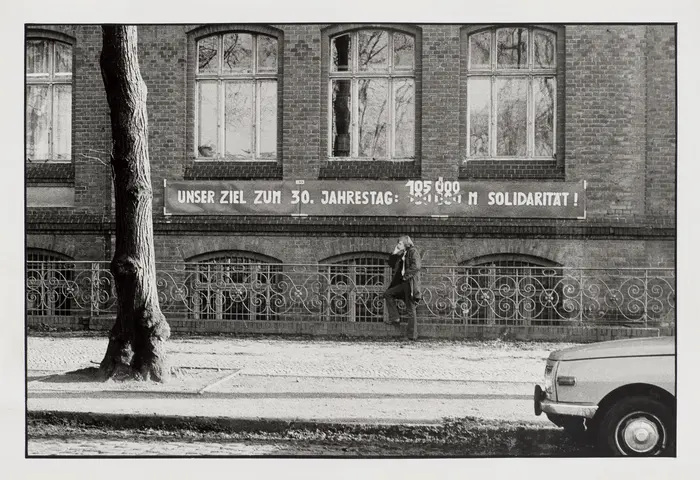


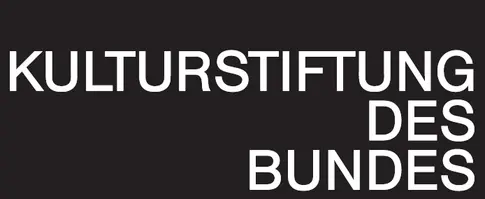







![[Translate to English:] [Translate to English:]](/fileadmin/_processed_/1/4/csm_Oskar_Zwintscher__Bildnis_einer_Dame_mit_Zigarette__1904_1e5932270e.jpg)
